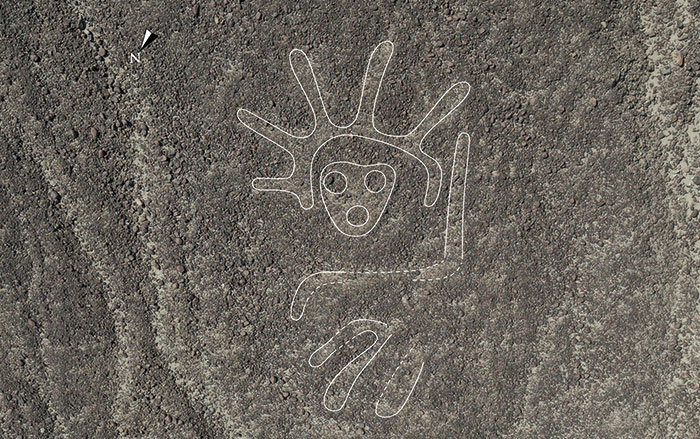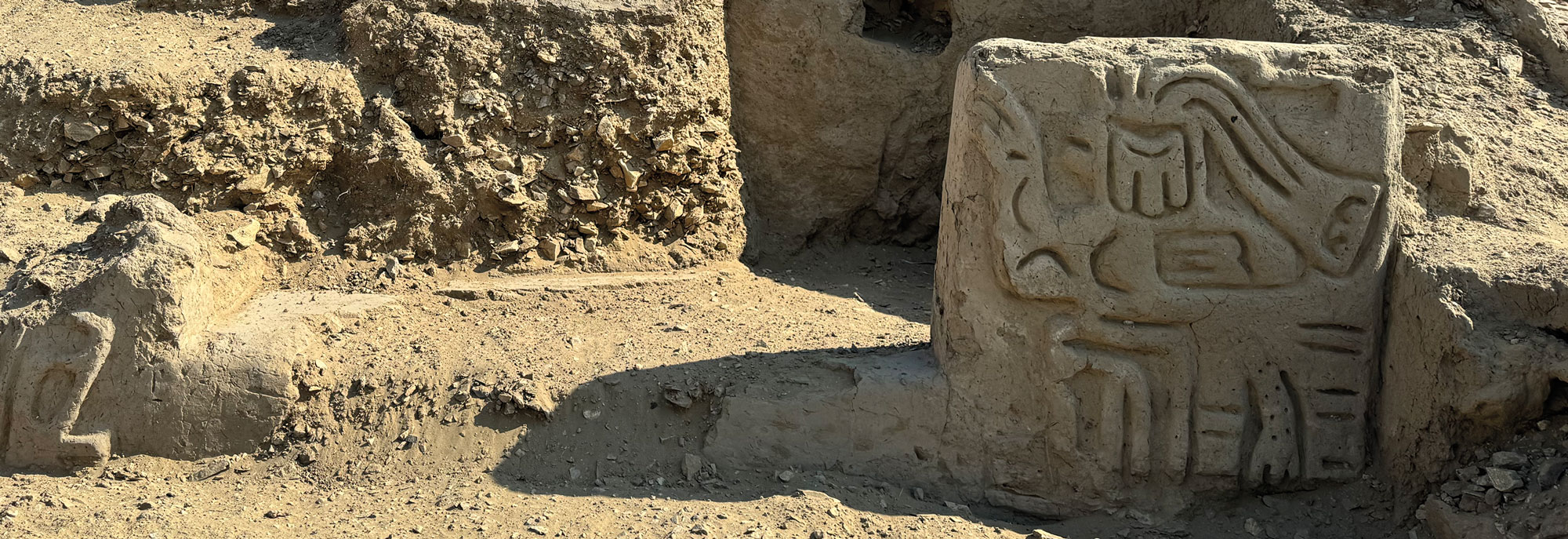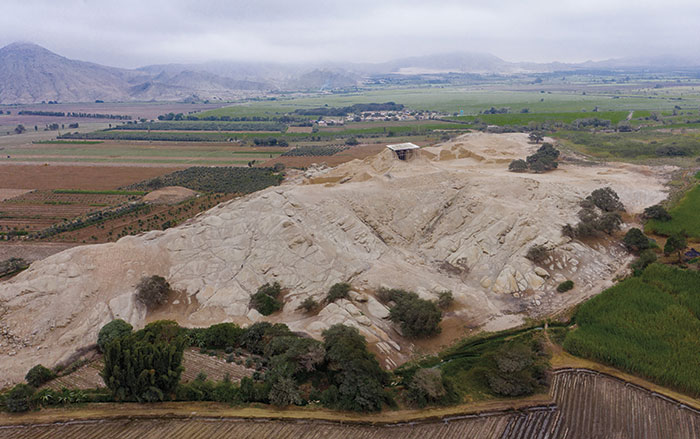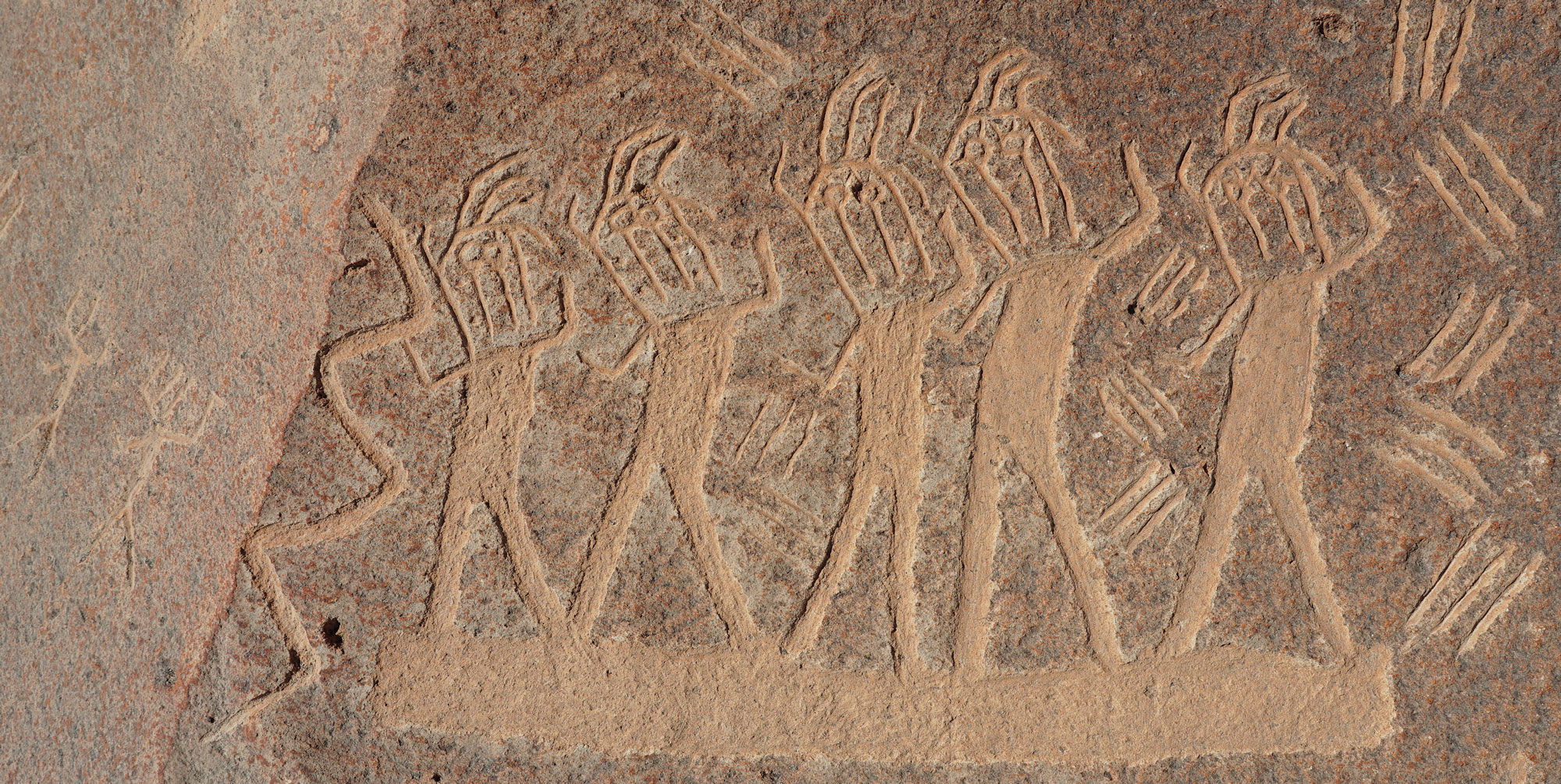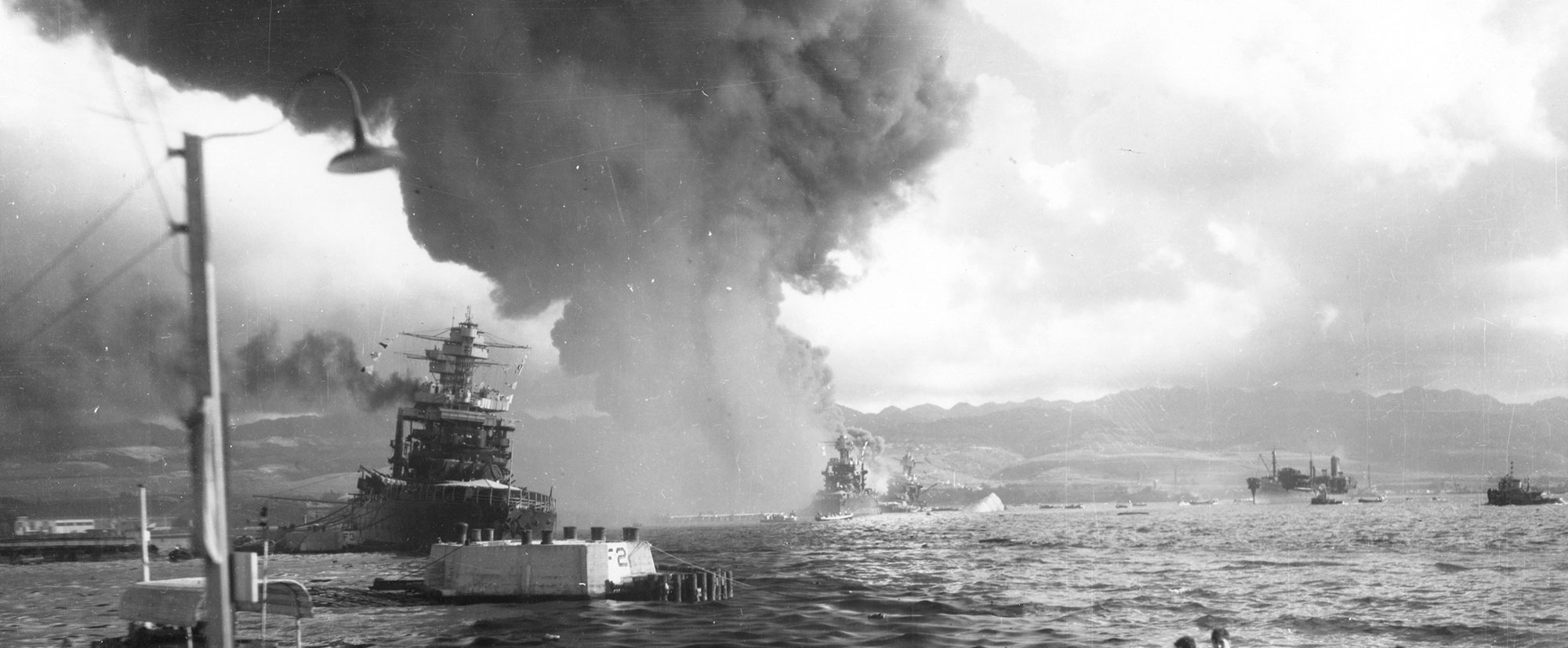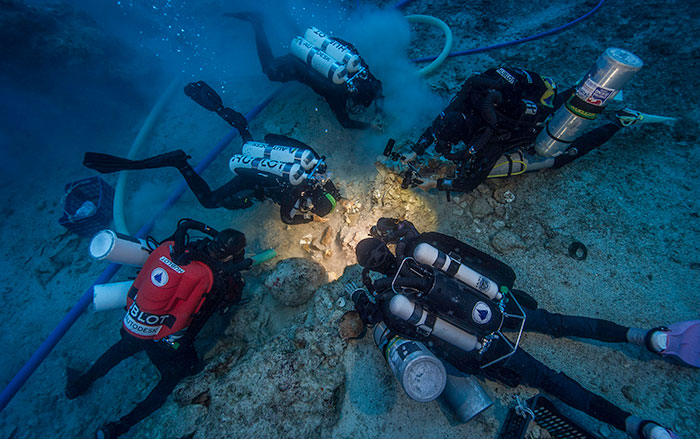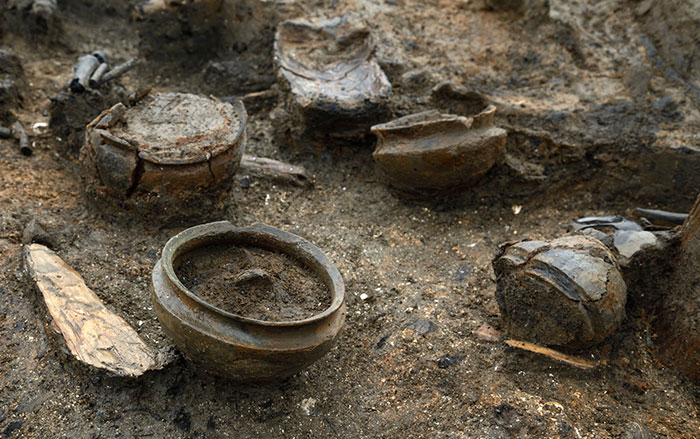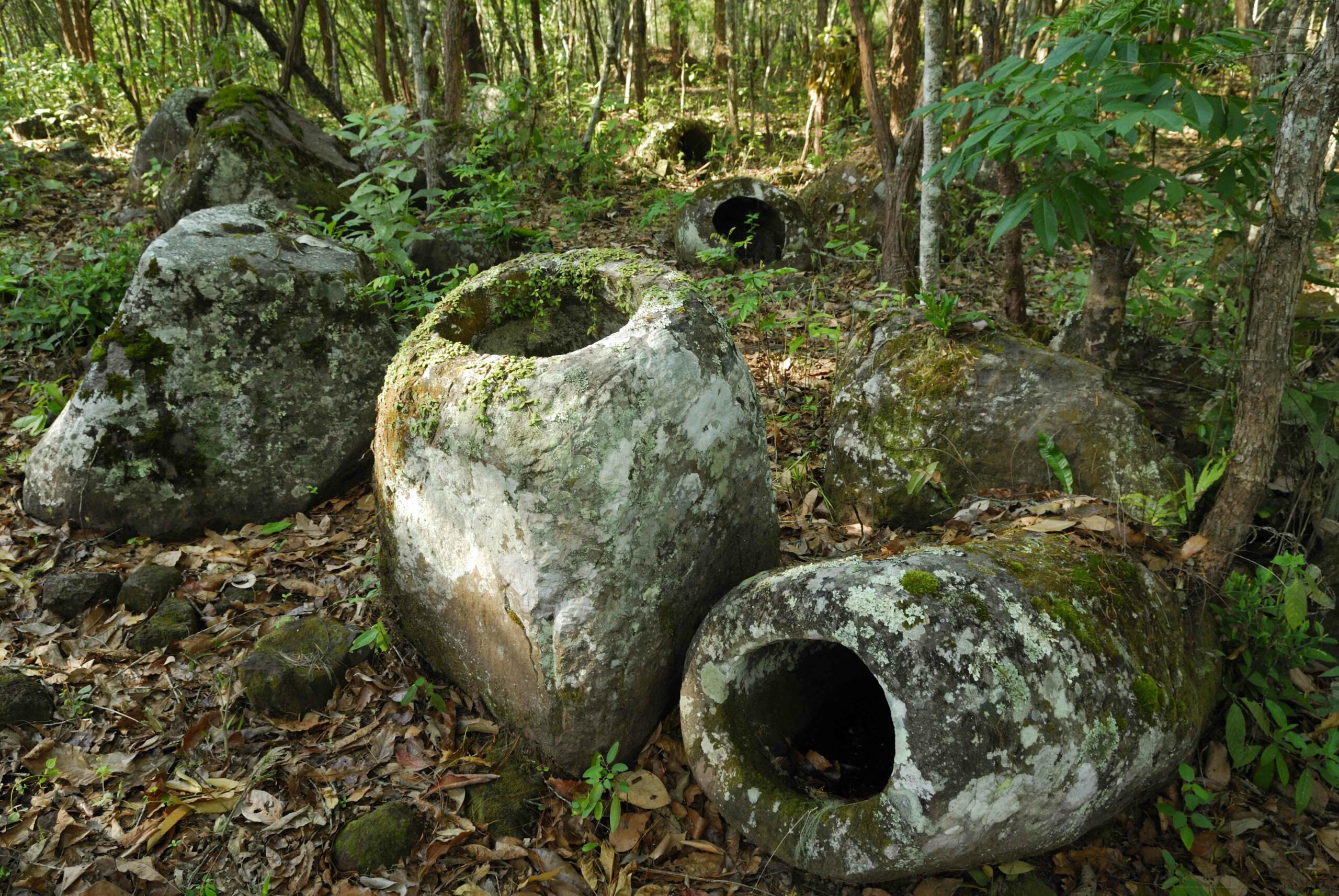
Indigo, the blue dye used in modern times to make the first blue jeans, may have been associated with ordinary folk in ancient Peru as well. Archaeologists led by Tom Dillehay of Vanderbilt University discovered textiles at the Huaca Prieta mound that date from as far back as 5,800 years ago and, after being washed by conservators, revealed a blue tint. Laboratory tests confirm the coloring is indigo, a dye made from the leaves of a shrub of the pea family, says Jeff Splitstoser of George Washington University, a textile specialist who conducted the tests with Jan Wouters of University College London. It is the oldest known use of indigo in the world, he says. “Blue from sources other than indigo is rare, so it has always been assumed it was indigo, but until now we never had the proof.” Huaca Prieta has been notable for its lack of high-class goods, a pattern that extends to indigo-dyed fabric, too, according to Dillehay. “I don’t see its early use associated with elites or high-status people,” he says. “In fact there is no evidence of artifacts or contexts of high-status people at Huaca Prieta. The data suggest egalitarianism.”



